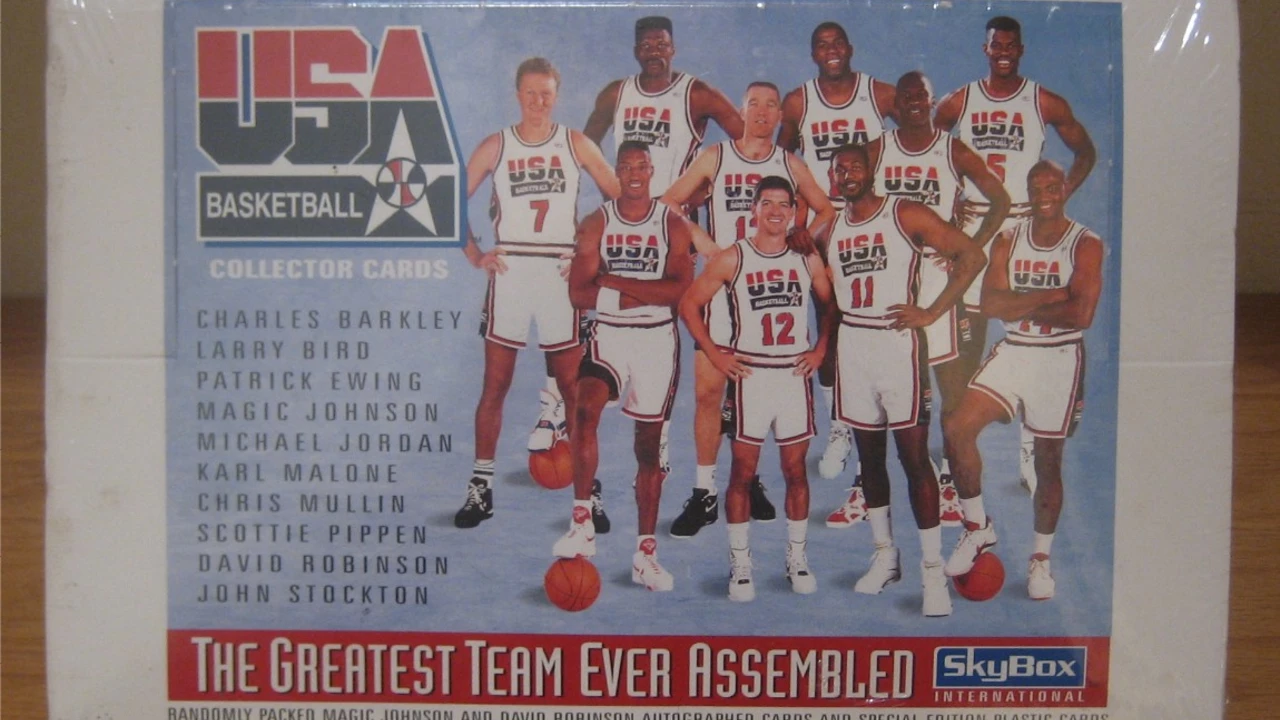Collectibles Market Basics for Basketball Fans
If you love basketball and have a few cards or signed jerseys lying around, you’re already part of the collectibles market. It’s not just about having cool stuff – it’s about knowing what’s worth what and how to protect it. Below you’ll find practical steps to start treating your gear like an investment.
How to Spot Real Value
The first thing to check is rarity. Limited‑edition cards, rookie cards of big names, and items with a low print run are usually the most valuable. Look at the card’s year, brand, and serial number – these details often show up on the back or in the packaging.
Condition matters just as much. A card that’s crisp, with sharp corners and no stains, can fetch a price many times higher than a worn one. Use a simple grading scale: Mint (perfect), Near‑Mint (tiny flaws), Excellent (visible wear), Good (significant wear). Even if you’re not a pro, a quick visual check can save you from overpaying.
Ask yourself who the player is. A rookie Michael Jordan card still sells for six figures, while a mid‑career card of a less‑known player might only be worth a few dollars. Big names, especially those who made Hall of Fame, drive most of the market’s excitement.
Where to Buy and Sell Safely
Online marketplaces like eBay and specialized sites such as COMC are popular, but they come with hidden fees and sometimes shady sellers. Look for verified sellers with high feedback scores, and always ask for clear photos of the actual item.
Local options are often overlooked. Card shows, hobby shops, and community meet‑ups let you inspect items in person before you hand over cash. Plus, you can make quick trades with other collectors who know the market well.
When you decide to sell, start with a clear, high‑resolution photo that shows the front and back. Mention the exact condition, year, and any special features in the title. A well‑written description reduces questions and speeds up the sale.
Don’t forget about preservation. Store cards in sleeves and top‑loaders, keep them flat, and avoid direct sunlight. Signed jerseys should be hung or placed in a display case with UV‑protective glass. Simple steps like these keep your items from losing value over time.
Lastly, stay updated. The collectibles market moves fast – a player’s performance, a new Hall of Fame induction, or even a pop‑culture moment can spike demand overnight. Follow a few reputable blogs, join Facebook groups, or set Google alerts for key players you own.
By keeping an eye on rarity, condition, and market trends, you’ll feel more confident whether you’re buying a new card or cashing in on an old favorite. The collectibles market isn’t a mystery; it’s just a mix of knowledge and careful handling. Start applying these tips today and watch your basketball memorabilia grow in value.
